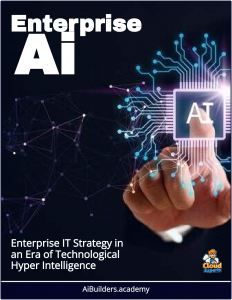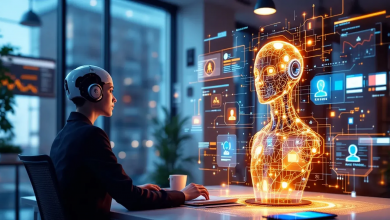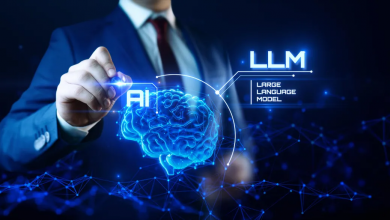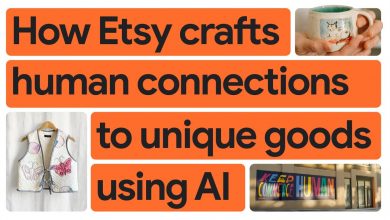 Ai embedded into desktop applications, like Microsoft’s Copilot, has the potential to significantly raise the “collective IQ” of an organization.
Ai embedded into desktop applications, like Microsoft’s Copilot, has the potential to significantly raise the “collective IQ” of an organization.
Defined as the shared capacity for problem-solving, decision-making, and creative output across teams, this effect can amplify human potential, optimize operational efficiency, and create a smarter, more cohesive workforce.
Desktop applications—word processors, spreadsheets, project management tools, and communication platforms—are the backbone of organizational workflows. Historically, these tools have relied on human input and manual processes to function.
However, with AI now embedded into these applications, they are evolving into proactive assistants that anticipate needs, automate repetitive tasks, and provide real-time insights. This shift marks a departure from passive software to intelligent systems that amplify human capabilities.
Augmenting Human Intellect
In his seminal 1962 article, “Augmenting Human Intellect: A Conceptual Framework,” Douglas Engelbart introduced the visionary concept of the “Augmented Enterprise”—an organization where human intelligence is enhanced through tools and systems designed to amplify cognitive capabilities.
Engelbart envisioned a symbiotic relationship between humans and technology, where tools evolve to extend our problem-solving capacity, streamline complex processes, and foster collective intellectual growth. Rather than replacing human effort, these tools amplify it, mirroring Engelbart’s emphasis on augmentation over automation.
Today, the integration of AI into desktop applications represents a tangible realization of this vision, raising the “collective IQ” of organizations by aligning with Engelbart’s principles of augmentation.
Amplifying Individual Intelligence
The first step in elevating an organization’s collective IQ lies in enhancing the capabilities of its individual contributors. AI in desktop apps achieves this by reducing cognitive load and enabling employees to focus on higher-order thinking. Routine tasks—such as data entry, scheduling, or formatting—are handled seamlessly by AI, freeing up mental bandwidth for creativity and strategic problem-solving.
For instance, in project management software like Trello or Asana, AI can analyze task dependencies, predict potential bottlenecks, and suggest optimal timelines based on historical data. Similarly, in design tools like Adobe Photoshop, AI-driven features can automate repetitive edits or propose layouts, allowing designers to iterate faster and explore more innovative concepts. By acting as a force multiplier, AI ensures that employees operate at their peak potential, contributing more effectively to the organization’s goals.
Beyond individual empowerment, AI in desktop apps fosters a more interconnected and intelligent workforce by bridging knowledge gaps and facilitating collaboration. In many organizations, silos of expertise limit the flow of information, reducing the collective problem-solving capacity. AI can break down these barriers by surfacing relevant insights and expertise in real time.
Take Microsoft Teams or Slack as examples: AI embedded in these platforms can analyze conversations, identify key topics, and pull in relevant documents or subject-matter experts from across the organization. An employee drafting a proposal in Google Docs might receive AI-suggested input from a colleague’s prior work on a similar topic, even if they’re unaware of that resource.
This democratization of knowledge ensures that the organization’s collective intelligence isn’t confined to isolated pockets but is instead shared and amplified across teams, and the continuous learning loop mirrors Engelbart’s idea of a “human-system symbiosis,” where the tool and the user grow together.
The Future: A Smarter Organization
As AI continues to evolve, its integration into desktop apps will deepen, unlocking even greater potential for organizational intelligence. Imagine a future where every employee has a personalized AI assistant within their tools, coordinating efforts, synthesizing insights, and driving innovation in real time.
The result is an organization that doesn’t just work harder but thinks smarter—a collective entity greater than the sum of its parts.



